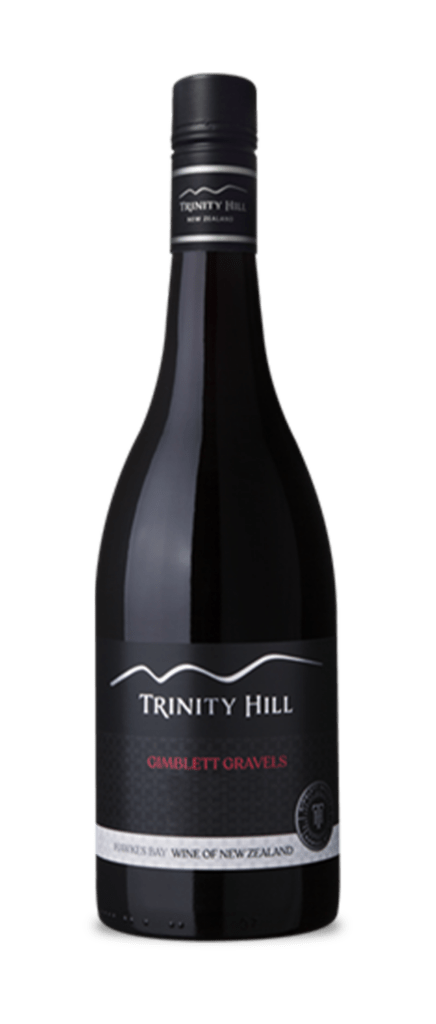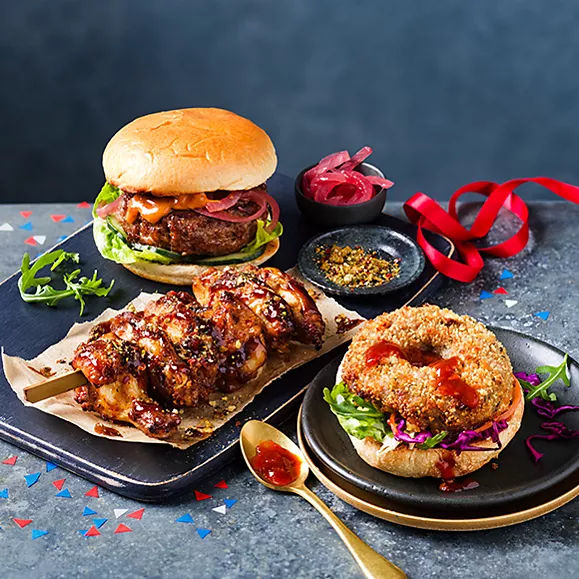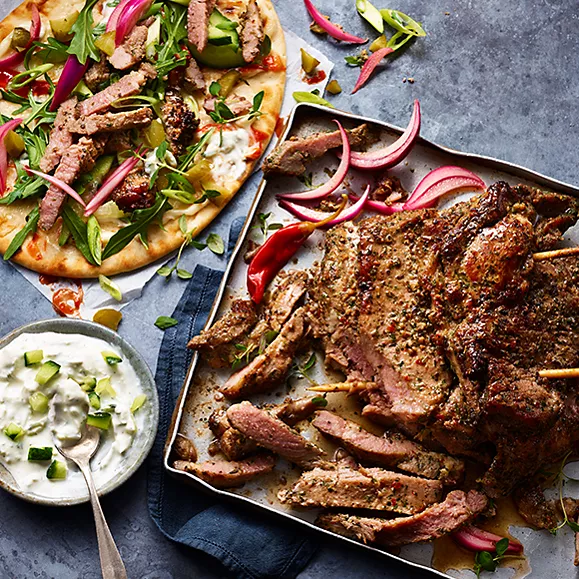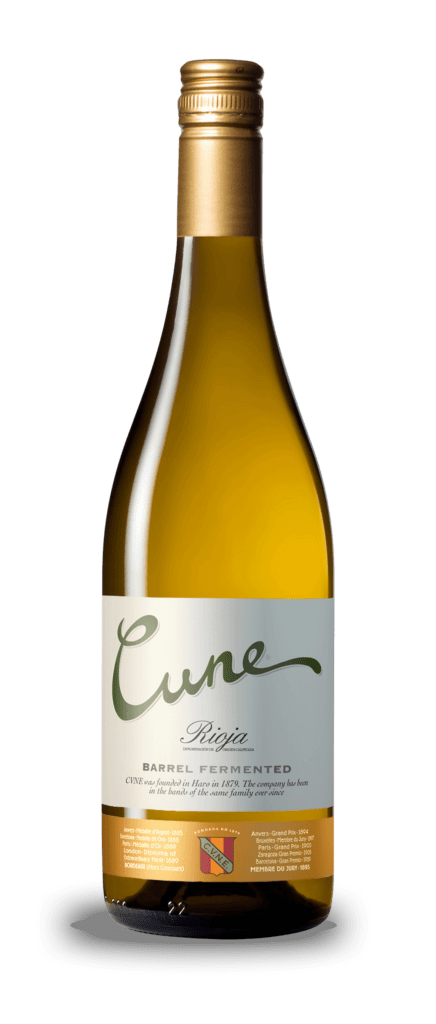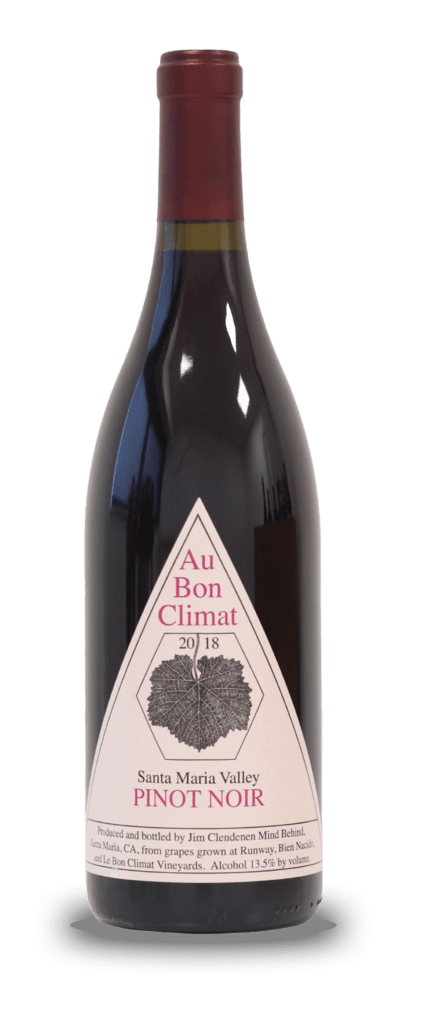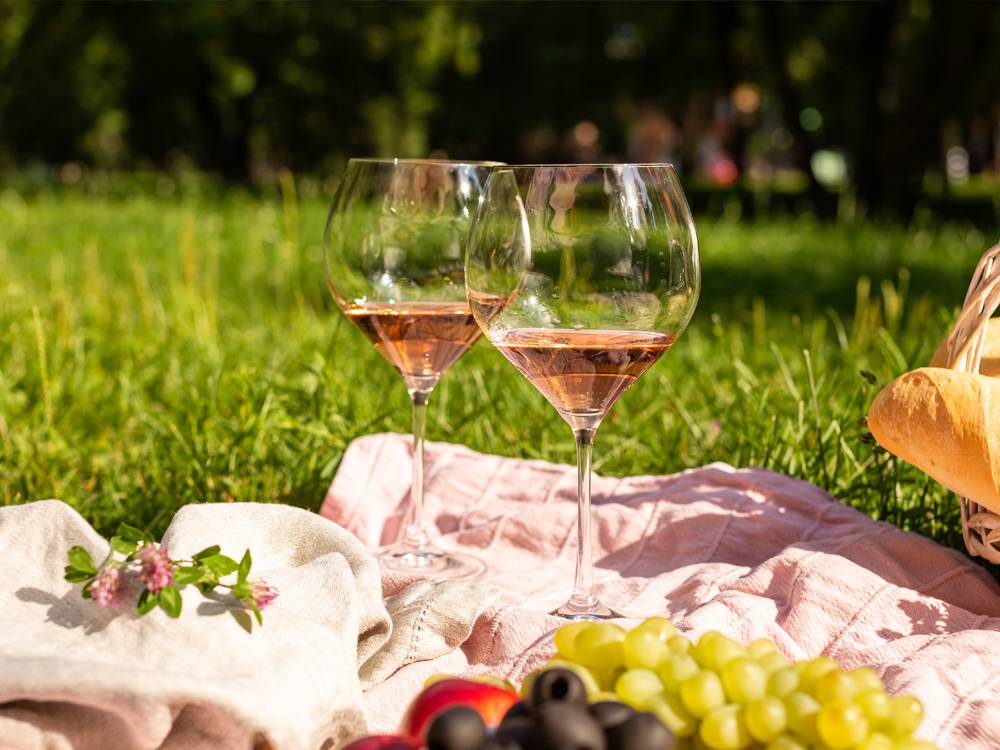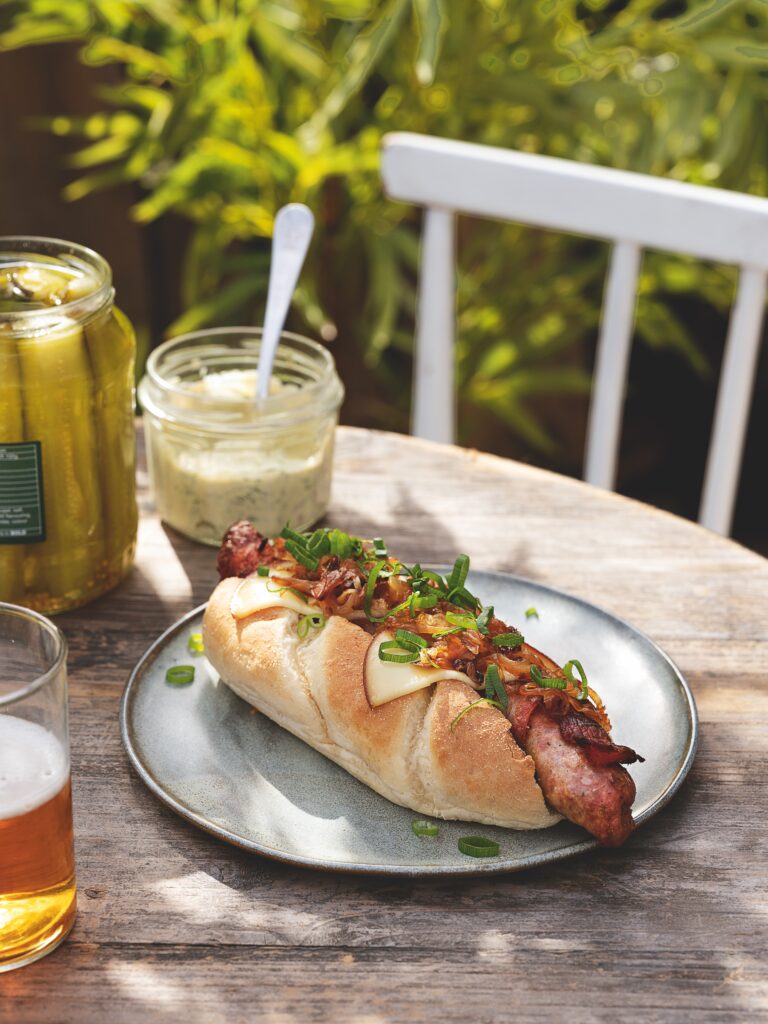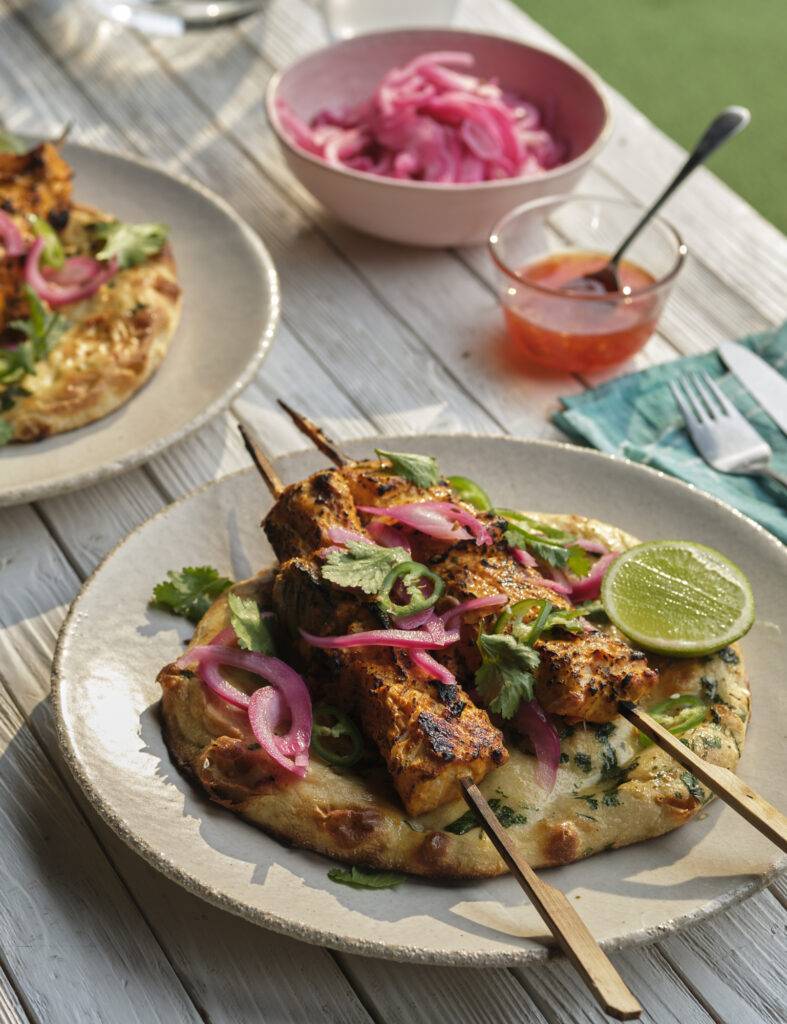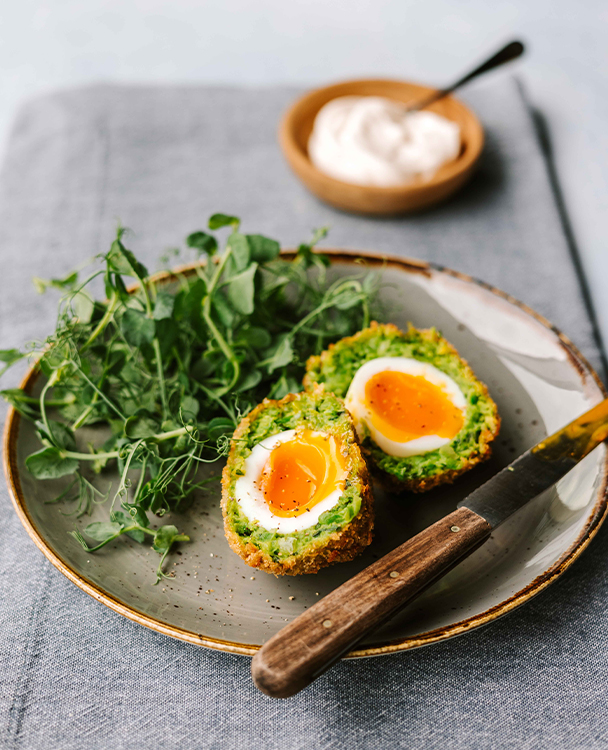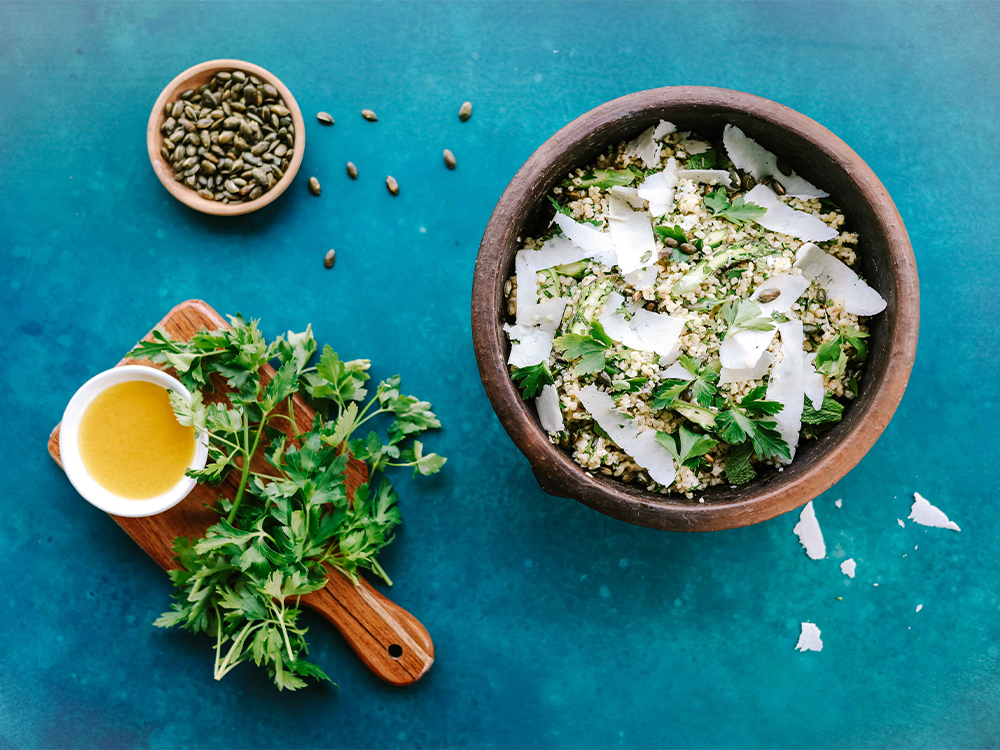Surrey-based Pleese invite you to tuck into a taste of summer with the world’s first frozen cheesecake in a tub
It looks as though summer is going to make another fleeting appearance, so it’s the perfect time to stock up the freezer with sweet treats.
“It’s not ice cream!” screams the lid of Freezecakes which is now available nationwide across Co-op and Waitrose stores. And if you’re looking for a creamier alternative to gelato, the Surrey-based Pleese team have three delumptious soft-serve flavours to tempt you.
I was lucky enough to have a houseful of teenagers to taste the new range, and the scoopy specials won brownie points for being palm oil free (an essential if you love orangutans as much as we do) and made of more than 35% cream cheese.


It was a three-way tie between Butterscotch & Caramel (£5, 350g) with crunchy chocolate biscuit pieces coated in chocolate, Lemon & Raspberry (£5, 350g) (pockets of juicy raspberry sauce and biscuit pieces coated in white chocolate, topped with freeze dried raspberry pieces) and (my personal fave) Double Chocolate (£5, 350g) with those crunchy chocolate biscuit pieces coated in chocolate, topped with chocolate flakes.
If you fancy going down a dessert rabbithole, hop on to the @Pleese (previously Pleesecakes) and @freezecakes Insta page to enjoy mesmerising short videos and recipe shorts, as loved by Joe Wicks, Olly Murs and Holly Willoughby…
If you fancy going down a dessert rabbithole, hop on to the @Pleese (previously Pleesecakes) and @freezecakes Insta page to enjoy mesmerising short videos and recipe shorts, as loved by Joe Wicks, Olly Murs and Holly Willoughby…

































